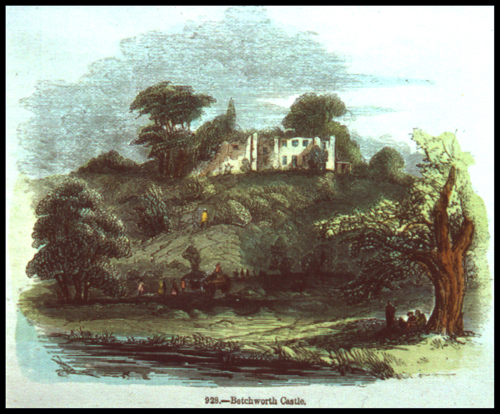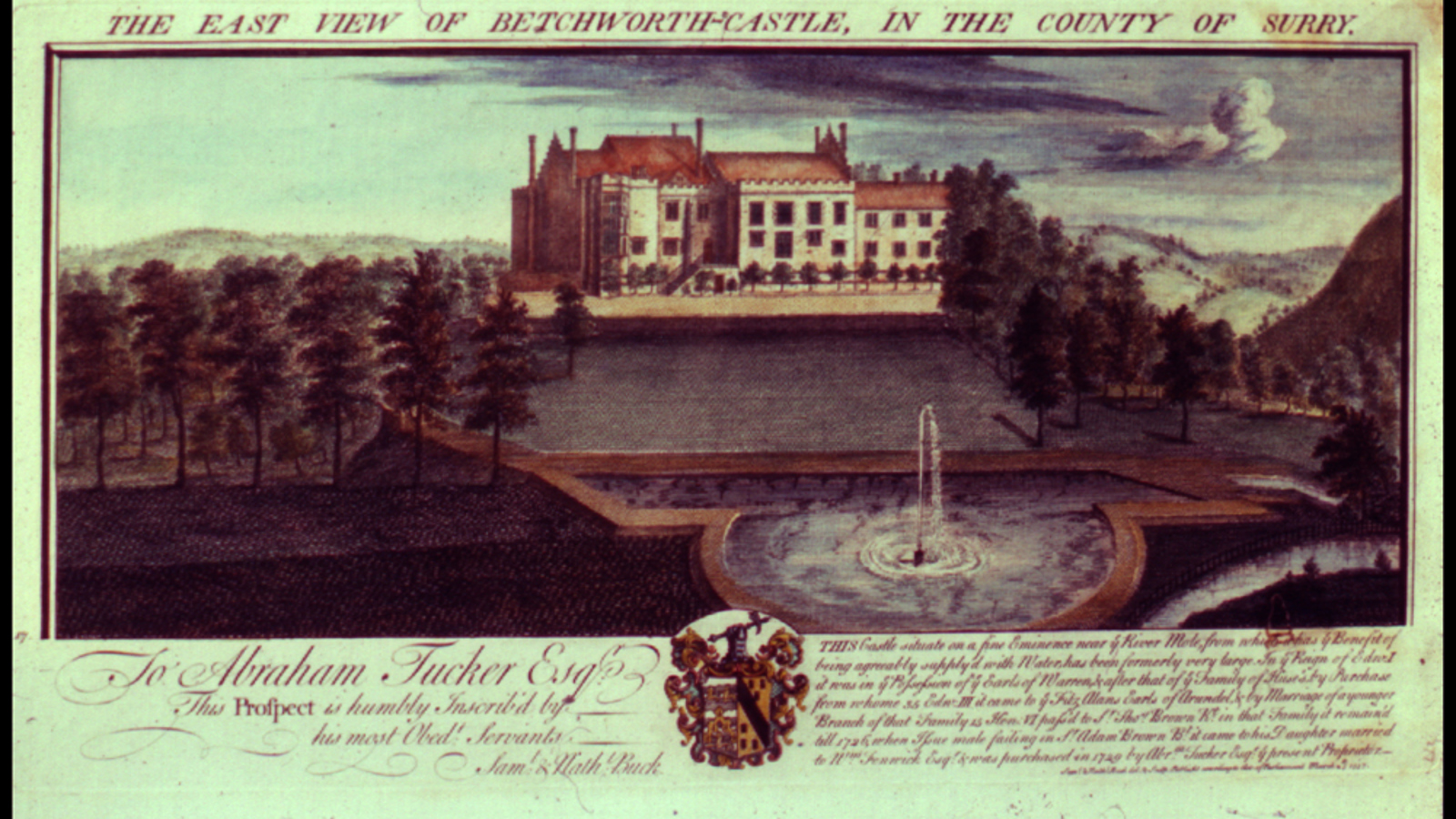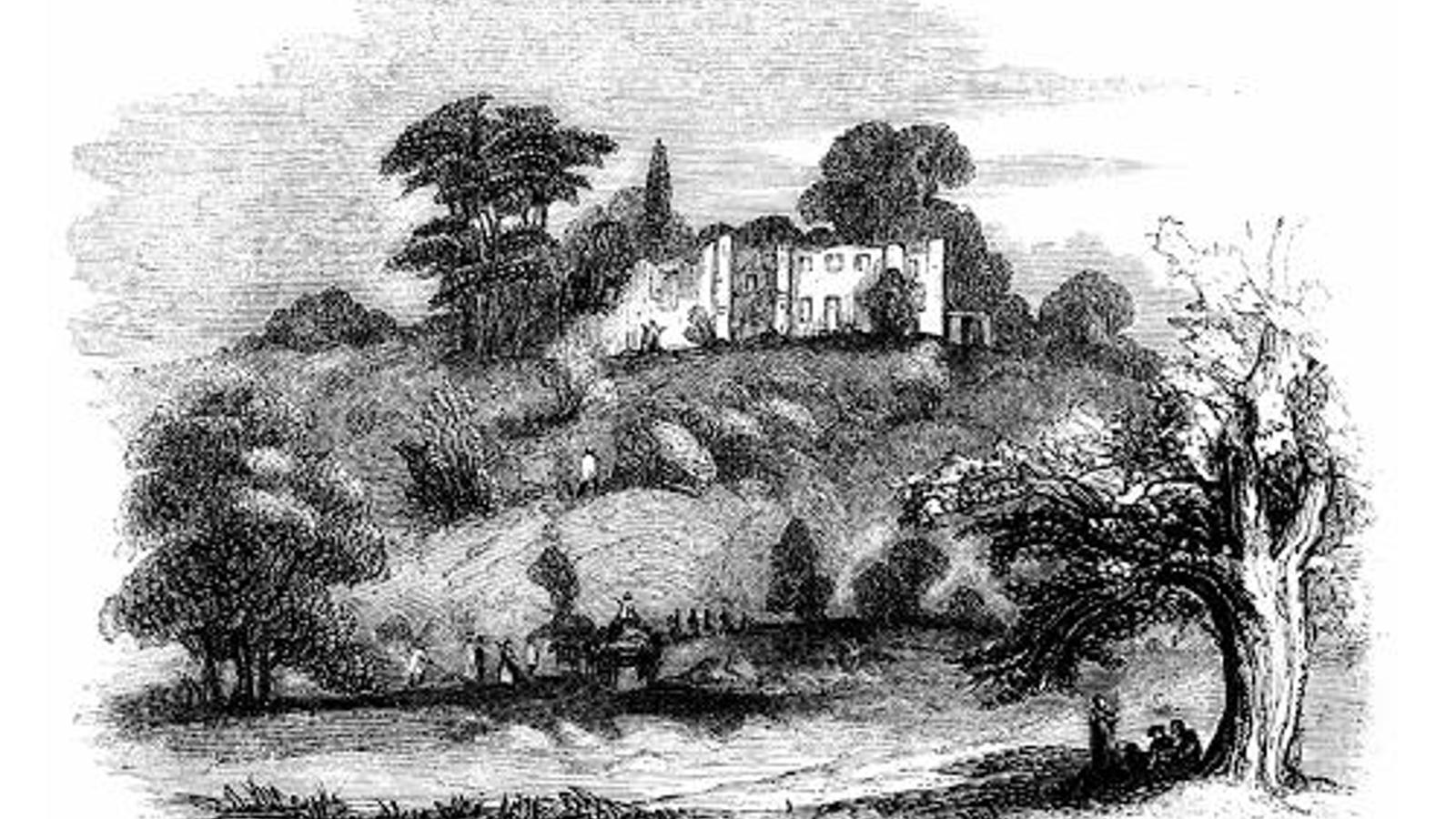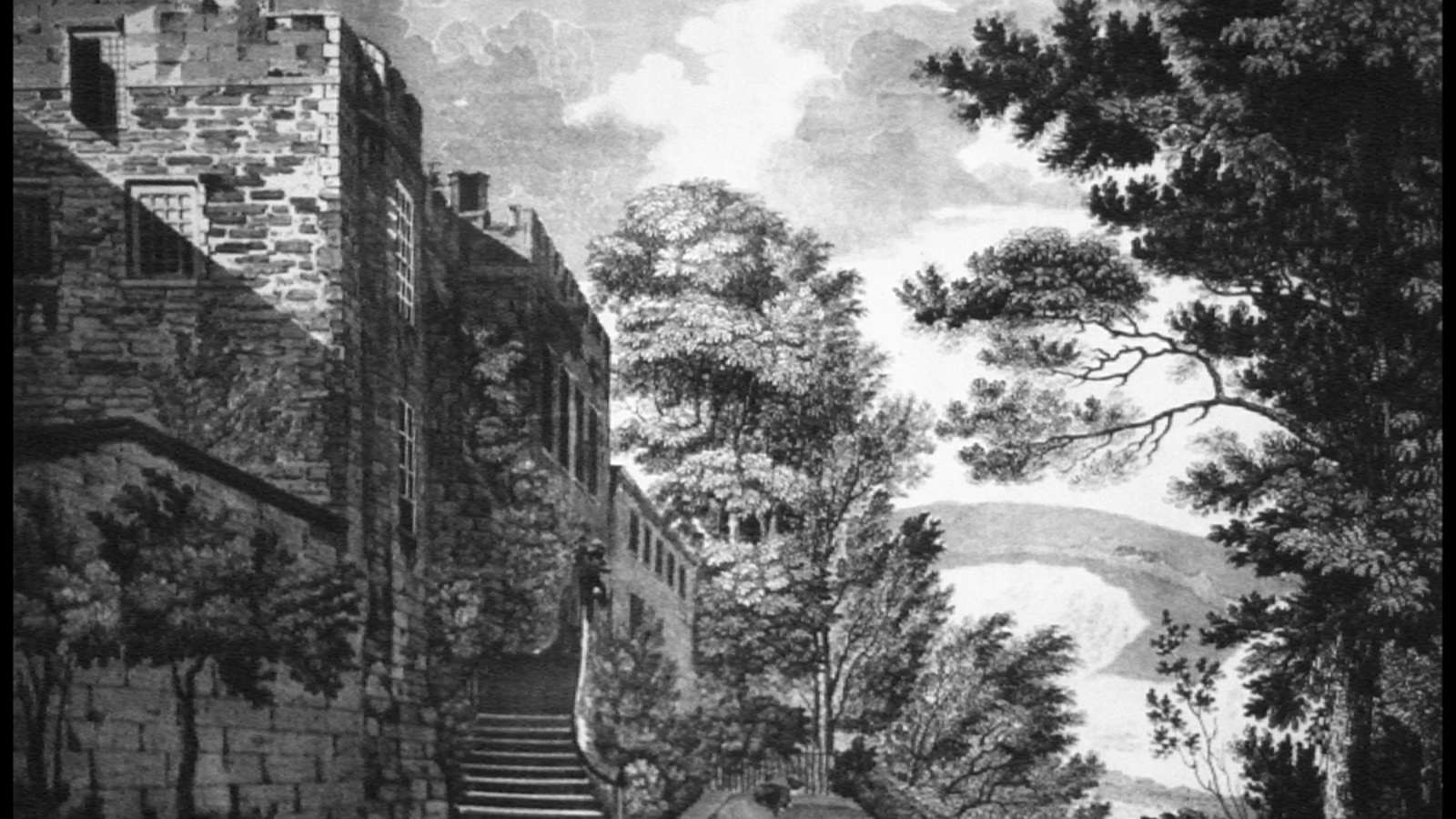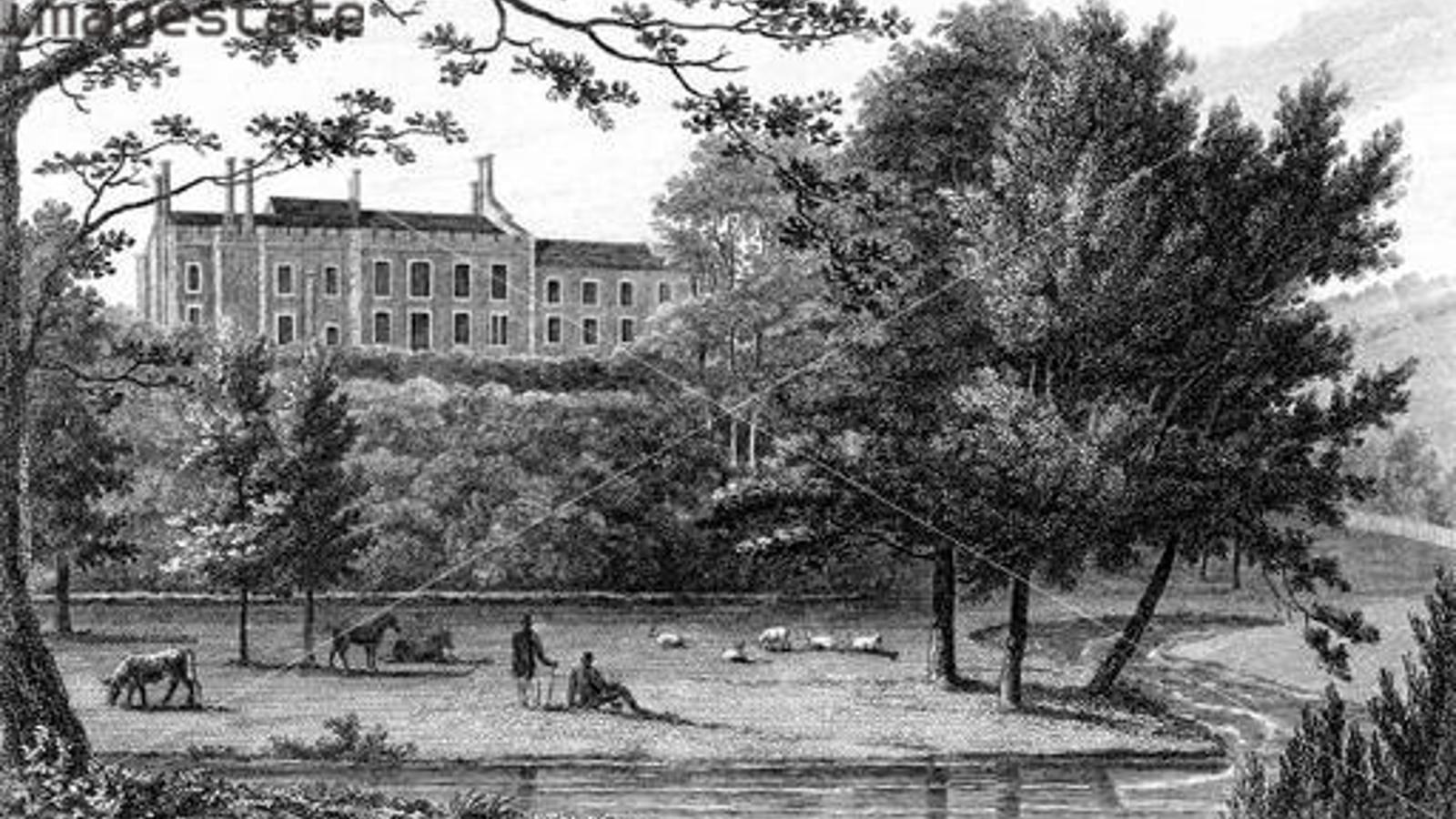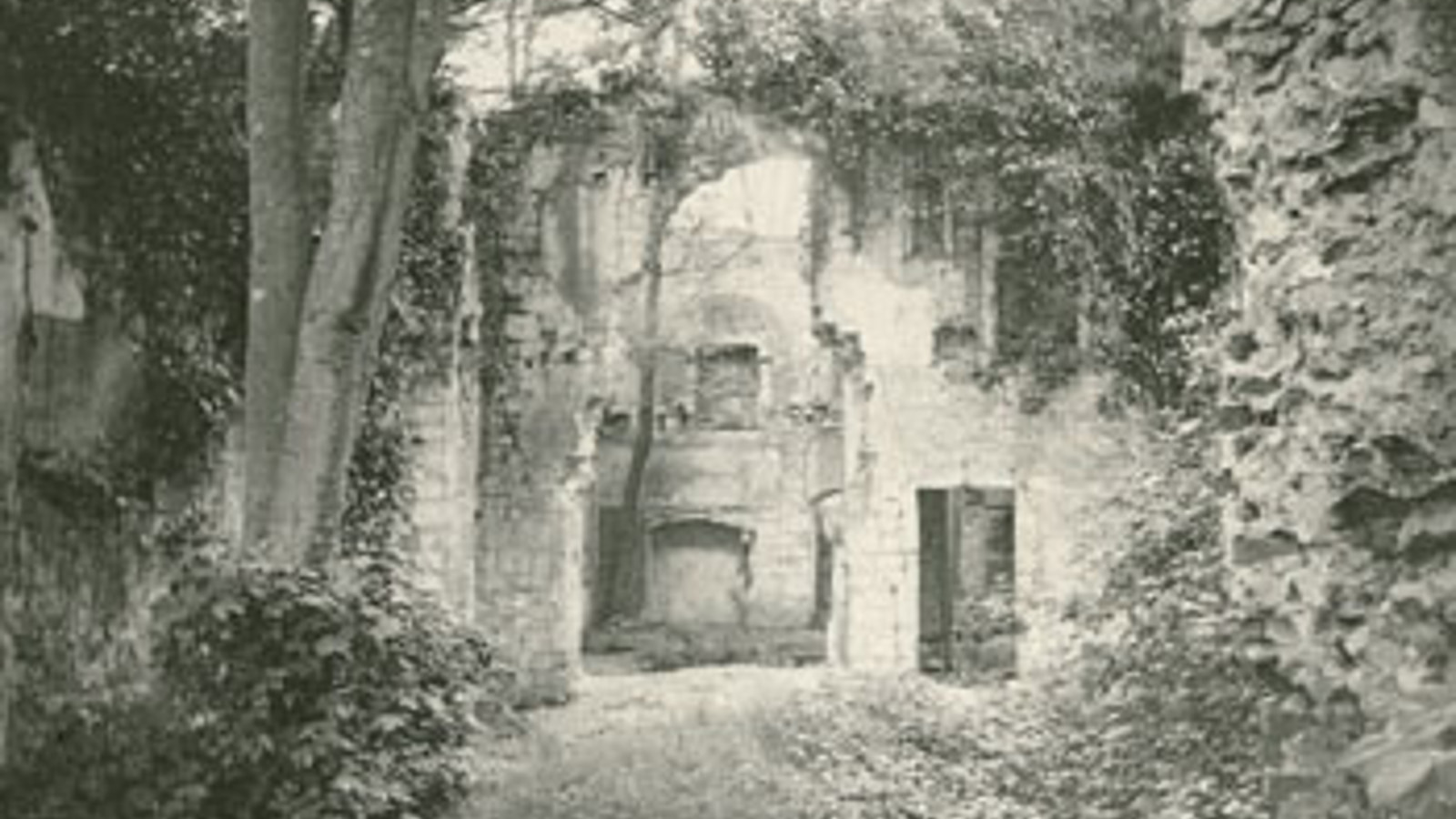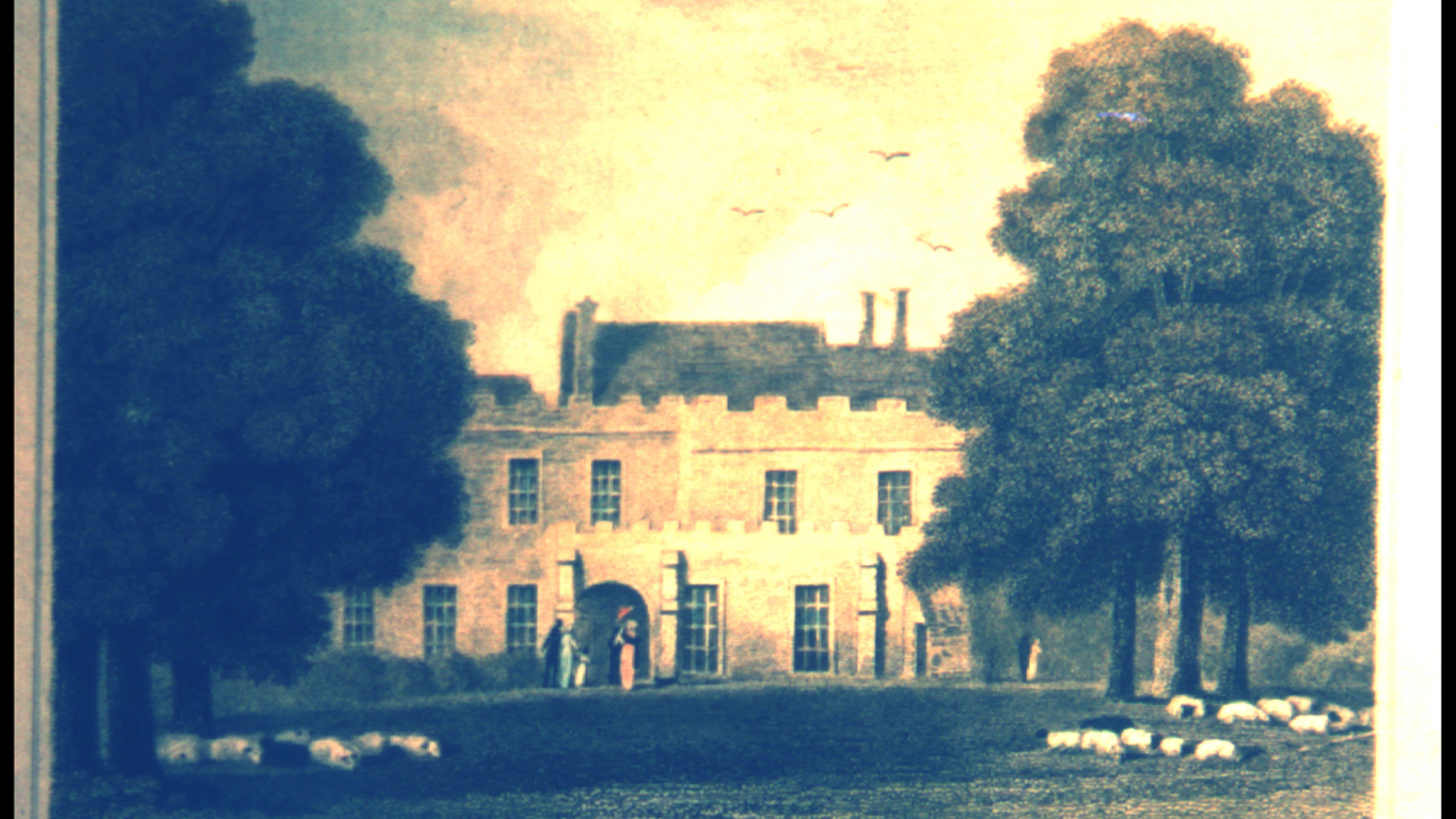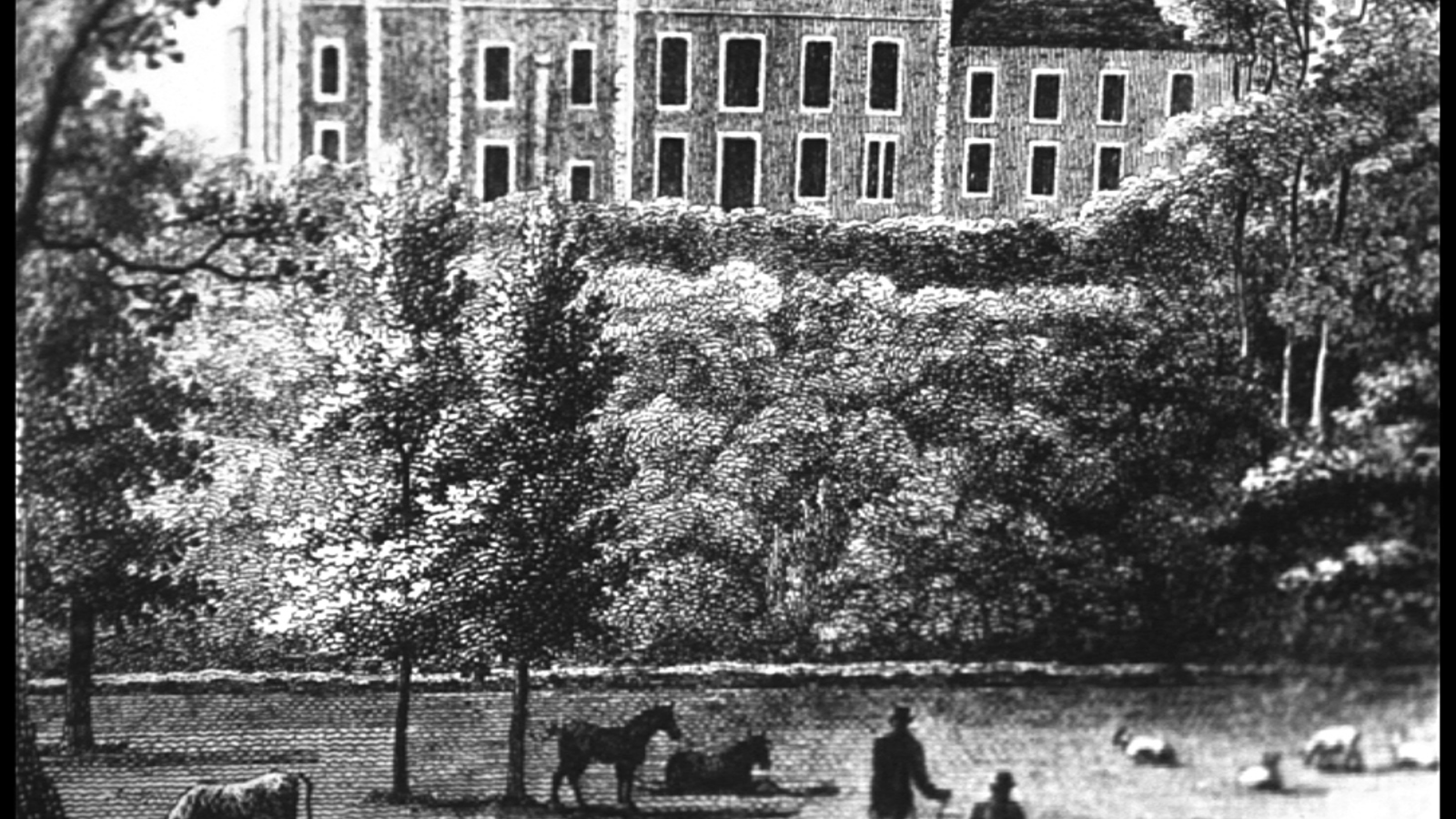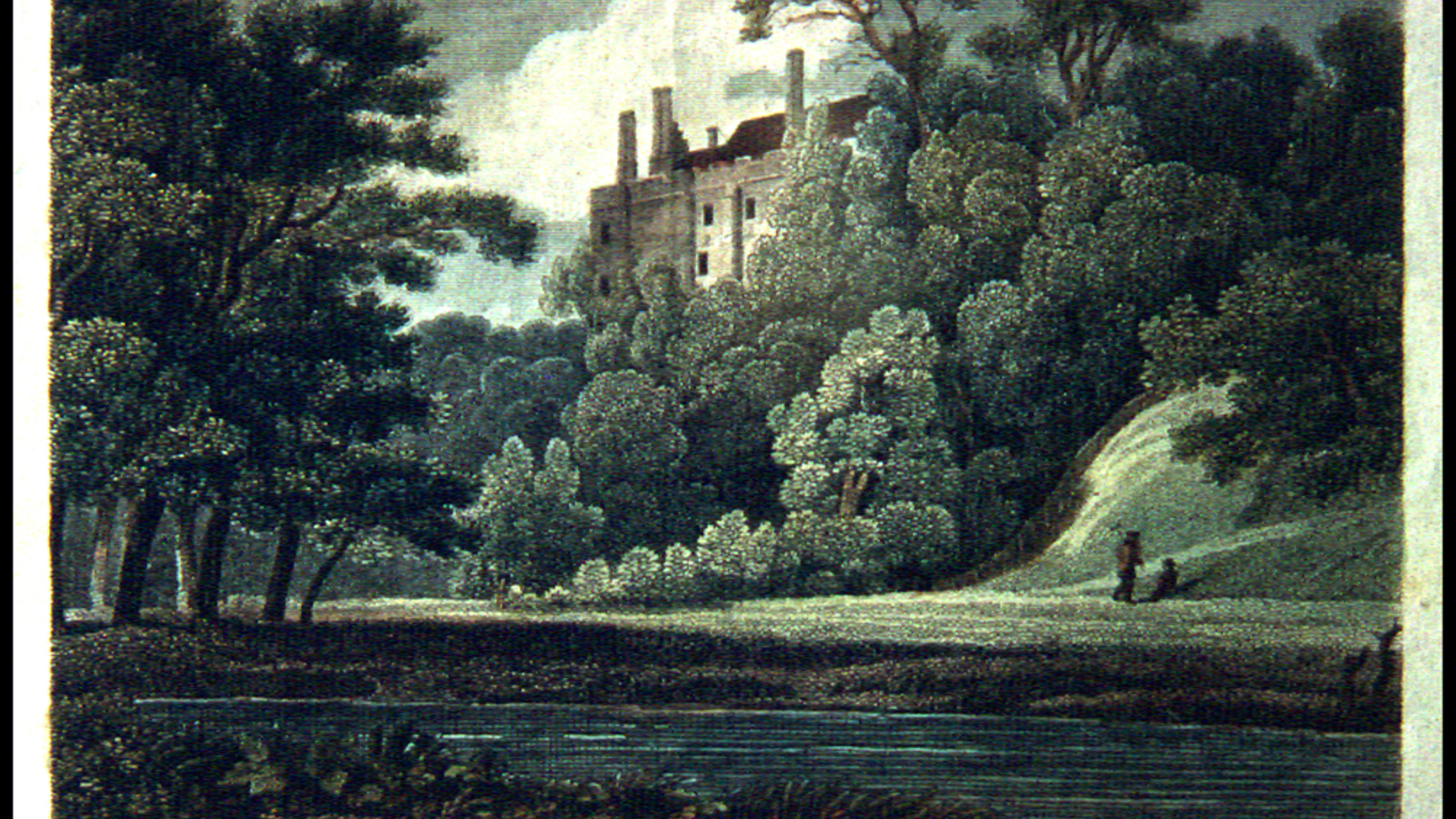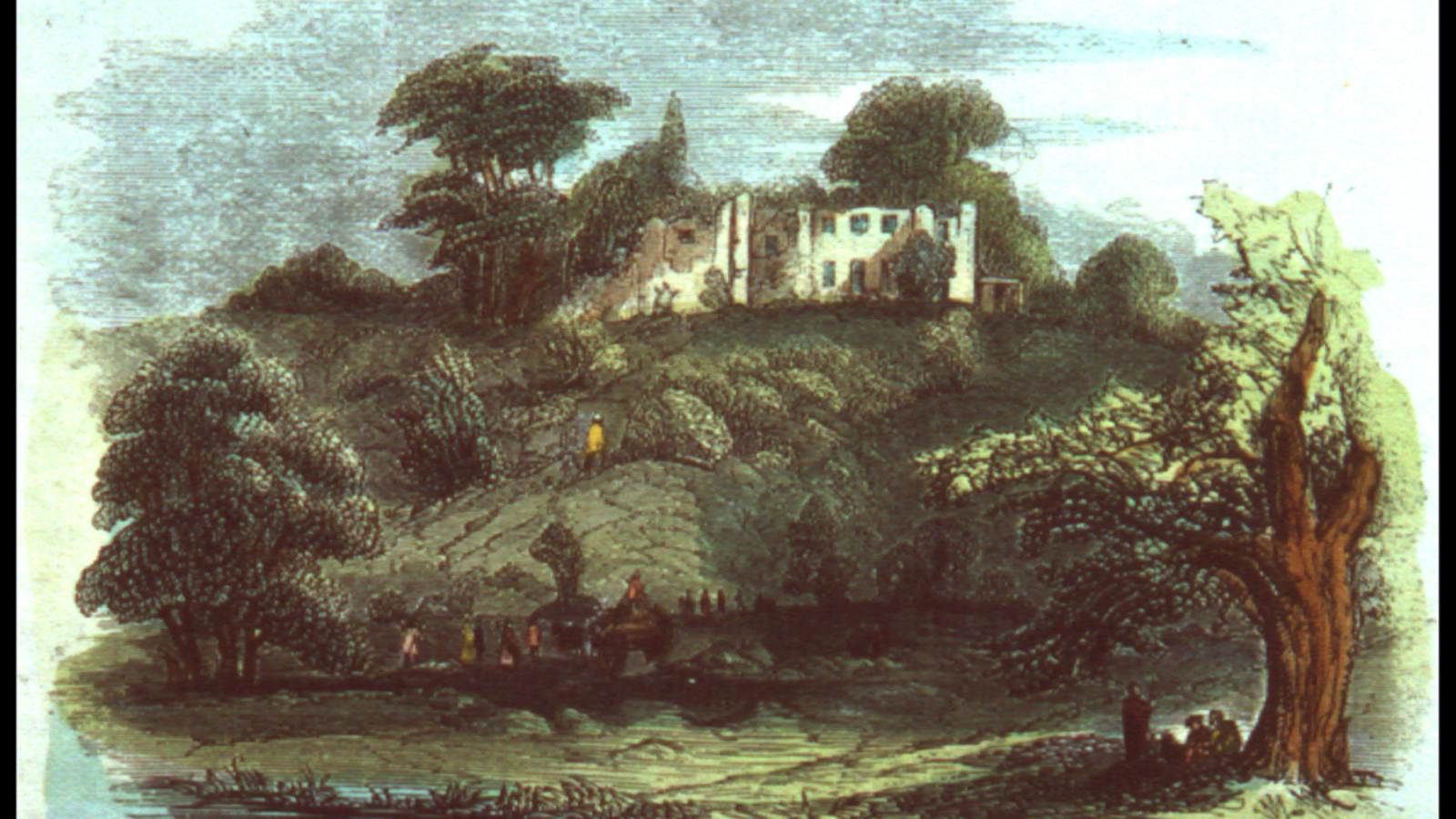Betchworth Castle
Published 1870: Betchworth
A village and a parish in Reigate district, Surrey. The village stands on the river Mole, ¾ of a mile south of the Reigate and Reading railway, and 2½ miles west by south of Reigate; and it has a station on the railway, and a post office under Reigate.
The parish includes also the village of Brockham. The property is divided among a few. Betchworth Park, with the manor of West Betchworth, belonged to Lord Maltravers, who was made Earl Marshal by Richard II; passed by marriage in 1437 to Sir Thomas Brown; went by purchase, in 1690, to Abraham Tucker, author of "the Light of Nature," who lived and died here: and is now united to Deepdene Park, the property of the family of Hope. It contains a noble avenue of chestnuts and limes, nearly 1,000 feet long; contains also some shapeless ruins of Betchworth Castle, which was fortified and embattled by Sir Thomas Brown. Broome House, adjacent to the railway station, is the seat of Sir Benjamin Brodie. Brockham Lodge, in the neighbourhood of Brockham, is the seat of Mr. W. Bennet; and was the residence of Captain Morris, the song-writer, who preferred the "sweet shady side of Pall Mall" to the woods of Betchworth. The living is a vicarage in the diocese of Winchester; value, £200.* Patrons, the Dean and Chapter of Windsor. The church was renovated and much altered in 1850; retains some interesting ancient parts, Norman and perpendicular; and has on the chancel floor a fine brass of W. Wardysworth, vicar, 1533.
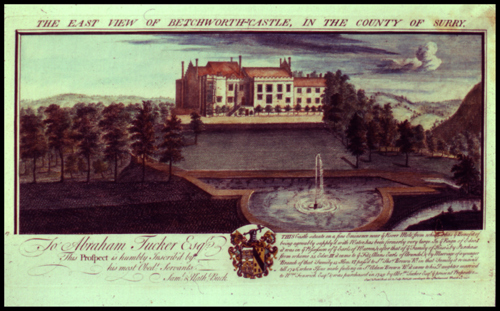
Betchworth Castle and Park
According to the Doomsday Book, Becesworde, which was afterwards divided into the three manors of West Betchworth, East Betchworth and Brockham, belonged to Richard de Tonbridge, ancestor of the Clares, Earls of Gloucester. West Betchworth has been held by Sarah de Ben-deville in the reign of John, and was afterwards held by John de Berewyke; Roger Hoese; Richard, Earl of Arundel, (called the Earl with the carped hat), who received, from Richard 11., license to fortify and embattle his mansion at Betchworth, with permission to empark the manor, enjoy the right of free warren, and hold manorial courts.
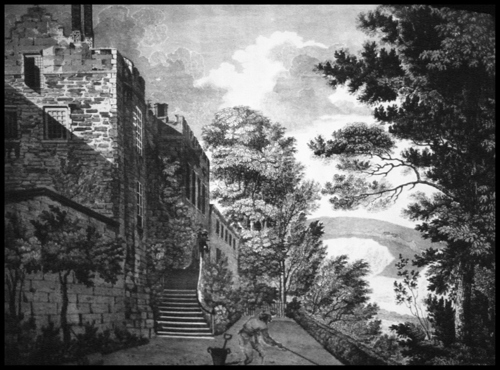
The Castle and property came, by marriage, with an heiress of Sir Adam Brown, into the hands of William Fenwick, Esq. It was bought then by Abraham Tucker Esq., who bequeathed it to Sir Henry Paulet St. John Mildmay, who sold it to Henry Peters Esq. It was afterwards sold by the youngest son of Mr Peters to Henry Thomas Hope Esq. who annexed it to his estate, and caused the castle, which was very dilapidated, to be pulled down. A great part of the castle had previously been dismantled by Mr Fenwick and only so much left as sufficed for the purposes of the mansion. Near the remains of the castle is the magnificent avenue of Lime Trees, two hundred and eighty yards in length. Their height, regularity, and arrangement, remind us of the nave and aisles of a vast cathedral. In winter their coral buds; in spring when they unfold their tender leaves; in summer when there is the hum of innumerable bees; and in autumn when decay changes their foliage into the colour of gold; they are variously attractive.
In fine and sunny June weather they recall the lines of Tennyson, who writes
"The broad ambrosial aisles of lofty lime
made voice with bees and breeze from end to end".
A short distance from the avenue is to be seen some of the finest Spanish chestnut trees in our country. It is very probable that they were planted in 1449 and are, therefore, more than four hundred years old. Their boles measure about three feet from the ground, from seventeen to twenty-three feet in circumference. Some of them have been fractured and rent by storms; and others are deformed by unsightly tumerous growths. Golpon, in his "Forest Scenery", remarks, "I heard, also, that near Betchworth Castle, in Surrey, there are not fewer than seventy of eighty chestnuts measuring from twelve, eighteen and twenty feet in girth; and some of them very picturesque forms; but I saw them only at a distance."
